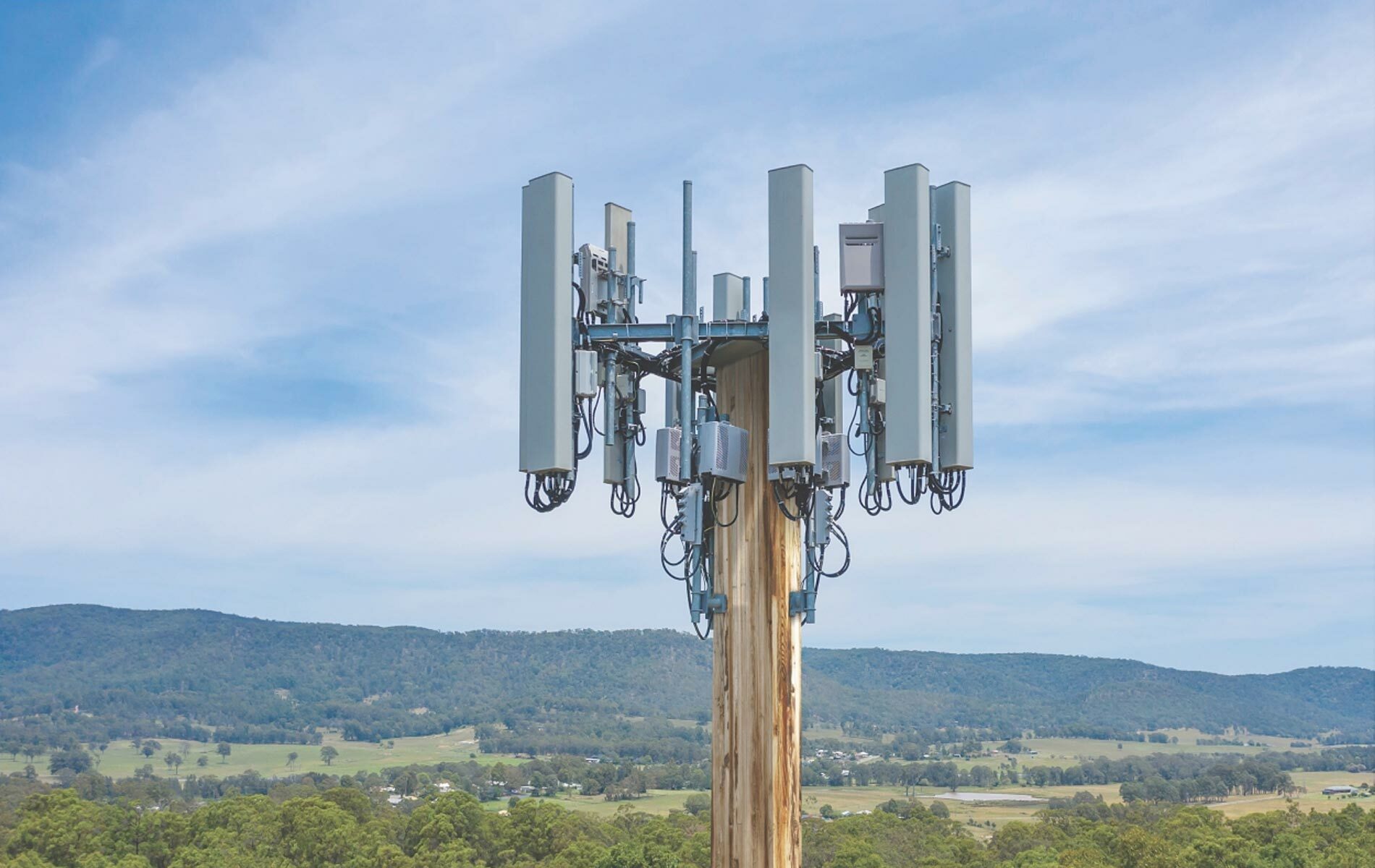Round Wood Poles and the 5G Revolution
Learn more about round wood poles and their applications for the telecommunications industry, get answers to frequently asked questions, and understand small cell requirements.
Read More
With engineered wood solutions, the cost of small cell installation is usually less expensive than steel structures (not to mention: wood structures are more aesthetically pleasing). Plus, our wood small cell poles are easier to build upon for future proofing and maintenance.
Contrary to some perceptions across the industry, when inflation spikes, it impacts the prices of steel structures the same as it affects wood structures. Therefore, round wood poles are still the more affordable—and more sustainable—option when it comes to investing in expanding 5G infrastructure.
Yes, small cell poles are easy to camouflage. Because small cell poles are so small, they can be positioned in ordinary places such as light poles, on top of buildings, and even streetlights. Bell Structural Solutions partners with LWS, which has made small cell towers blend in with church crosses, water towers, clock towers, and more.
Yes, we make small cell towers that look like trees. Because small cell towers are small enough to blend in with a variety of structures, they can be easily camouflaged with their surrounding landscape, making them more aesthetically-pleasing. You can see photos of small cell towers we’ve made that look like trees with our partner company, LWS.
Due to the nature of 5G networks, small cell towers need to be placed close together and frequently. In many major cities, 5G small cell towers are located as close as 500 feet from each other, according to techgov.com. That means to support 5G network speeds, wood poles need to be installed frequently and close together.
Several varieties of wood are available and ready to ship for 5G companies looking to invest in round wood poles for their small cell infrastructure. The following species of lumber can be used in small cell infrastructure: Western Red Cedar, Douglas Fir, Northern Red Pine, Southern Yellow Pine, and Western Larch.
Consumers are moving away from steel telecommunications towers because wood towers are carbon negative and have been proven to be better for the environment. Our telecom structures are also more resilient than steel poles and can be up to 42% more affordable than steel alternatives, making wood telecom structures a better use of environmental and financial resources.
Schedule A Call